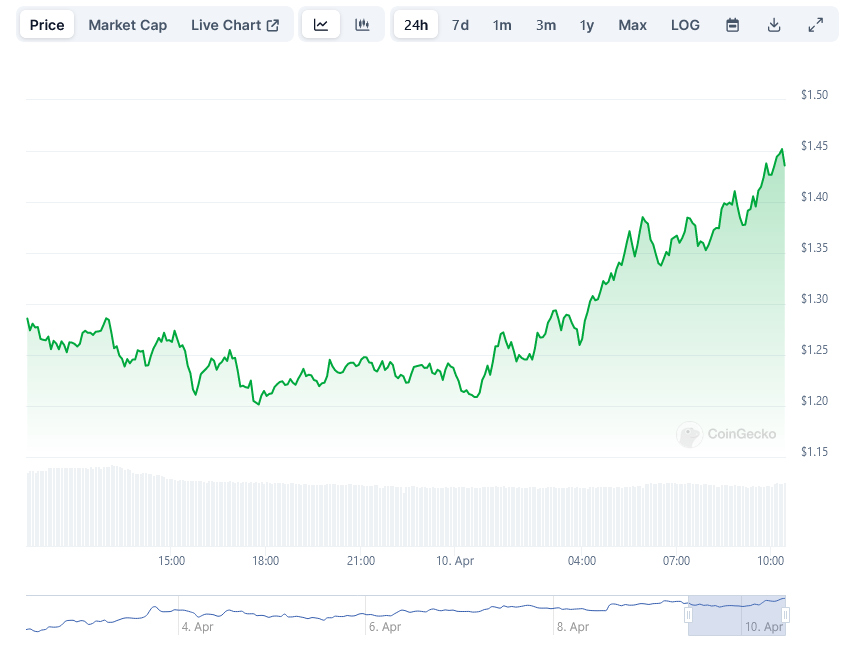Institutions Could Soon Turn Towards Ethereum To Earn Stable Yields And Returns. Here’s How

- Ethereum’s recent shift to PoS can attract additional industries to explore its staking domain
- Professionals are anticipating a big surge in institutional capital now that different institutions and industries are exploring the domain.
Ethereum’s successful transition from proof of work to proof of stake changes the way institutional investors can now earn yields from staking ETH. Proof of stake introduces a process of earning fixed tokens by validating crypto transactions on the network, which could soon attract different industries to explore the domain.
Ethereum’s Shanghai Upgrade Can Be A Game Changer For Institutional ETH Investors
The recent switch by Ethereum to the PoS model is seen favourably by many experts and commentators in the cryptosphere. The change may help investors earn higher ether staking rates, which will attract significant amounts of institutional capital.
Ethereum’s transition to the PoS consensus effortlessly lowers the extensive energy consumers of the blockchain, allowing token holders to earn additional ETH by validating transactions. The pattern closely corresponds to a stable fixed income design, which can help investors draw stable profits.
Vivek Raman, Head of digital asset finance platform BitOoda, told Blockworks that validators can earn a 4%block subsidy, a transaction fee of 1.5%, with a maximum extractable value between 0.2% and 0.5%, for an aggregate staking yield of about 6%.
“Yield is one of the core pillars of traditional finance and crypto finance, and the ETH staking yield will represent the “risk-free rate of the crypto ecosystem just like the Treasury yield represents the “risk-free rate’ for traditional finance,” Raman reiterated.
Several crypto professionals are viewing Ethereum’s shift to PoS as favourable for ETH as it’s now drawing interest from different industries that were previously quite reluctant in exploring the domain.
“They (private banks and mid-sized wealth managers, pension funds, and insurance companies ) are the ones that are now coming around.” “These are folks who previously kind of categorically said, ‘No,’ without knowledge that the digital asset space has grown and diversified over the last four years and that there are very different investment cases behind different digital assets,” Bean Dean of Wisdom Tree told Blockworks
Executives at crypto hedge fund Globe3 also echoed a similar stance, adding that they are anticipating that ETH yields could surge higher than 6% as the volume picks up and more industries come in to explore the ETH staking segment.
Ethereum is scheduled to deploy another major upgrade dubbed Ethereum Shanghai, which can further boost the overall adoption of Ethereum. The Shanghai upgrade is set to bring in new features, including enabling staking withdrawals, which can help the ETH ecosystem expand its base a notch.
Ethereum’s developer Alex Stokes has recently updated the EIP 4895 proposal that sets the precedent for the upcoming Shanghai Upgrade. The blockchain currently supports ETH Staking, but after the upgrade it will also help with Staking Withdrawals, allowing users to withdraw their staked ETH Tokens without paying additional gas fees on such transactions.
“As these financial institutions start to enter the space and put digital assets on their books, they will naturally gravitate towards the most stable, largest, easiest to trade and secure, and highest yielding assets. “Ethereum checks all those boxes,” as stated by Globe 3 Capital Chief Investment Officer Matt Lason.
Image: Ethereum.org
Powered by WPeMatico








